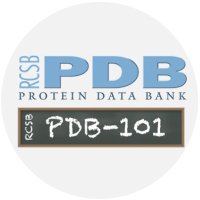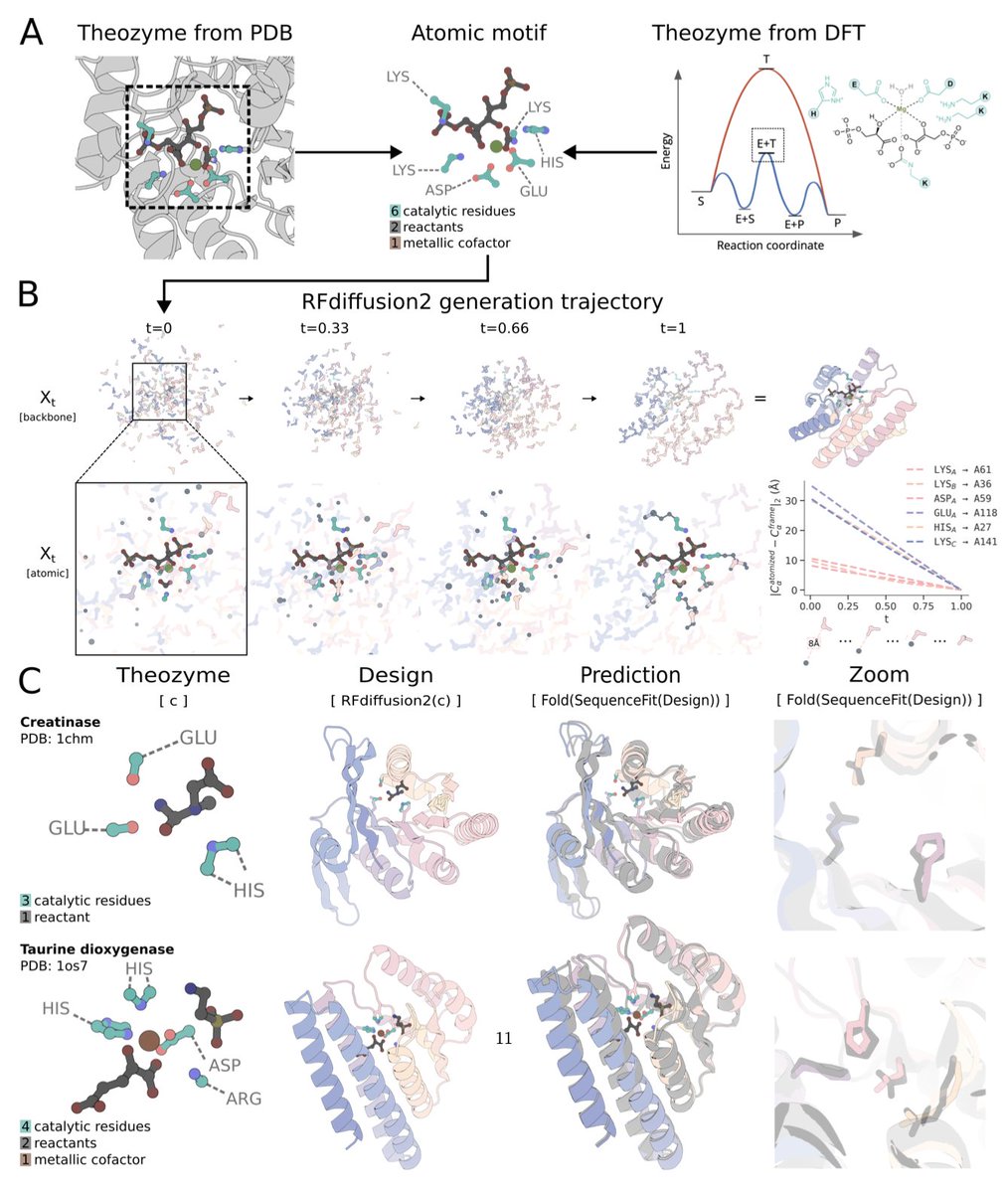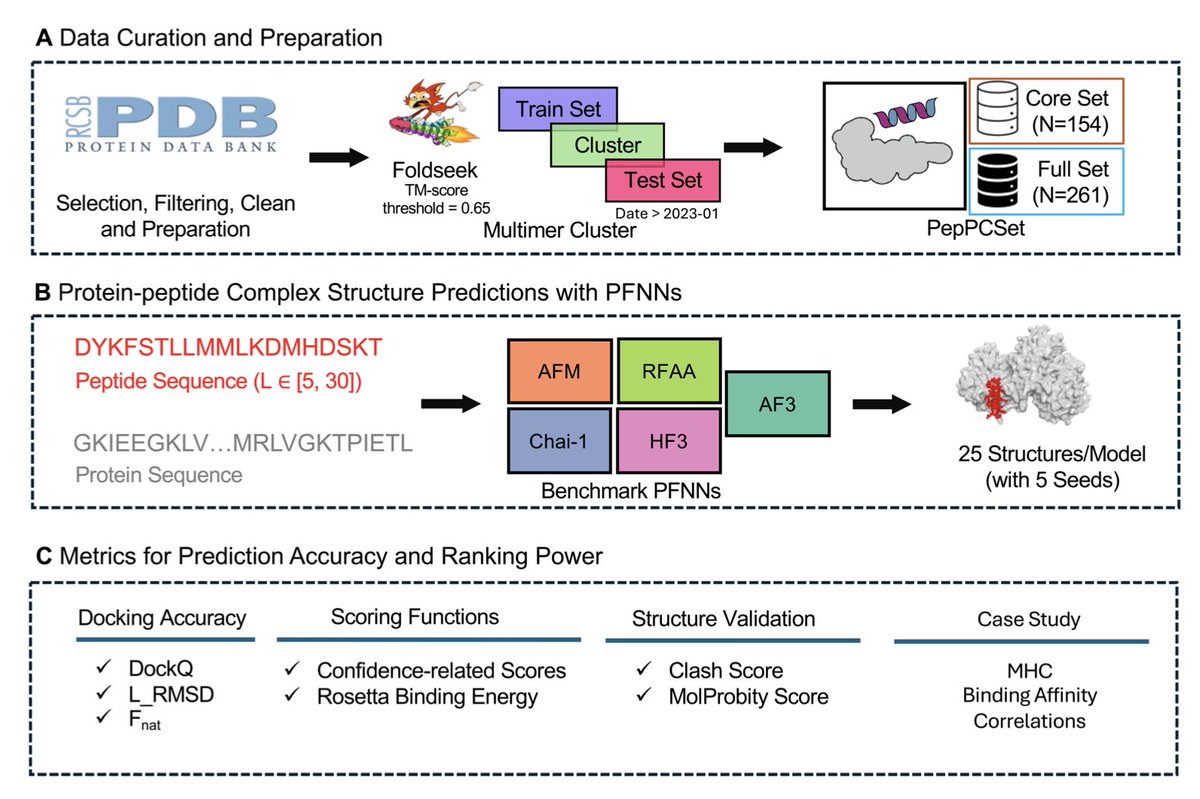
Pablo Arantes - @pabloarantes.bsky.social
@pablitoarantes
Research Scientist - Work interests mostly related to the simulation of biomolecular systems - Graças a Deus nasci na América Latina 🇧🇷
ID: 224803724
https://pablo-arantes.github.io/ 09-12-2010 22:27:35
6,6K Tweet
647 Followers
1,1K Following

Excited to share our preprint “BoltzDesign1: Inverting All-Atom Structure Prediction Model for Generalized Biomolecular Binder Design” — a collaboration with Martin Pacesa, Zhidian Zhang , Bruno E. Correia, and Sergey Ovchinnikov. 🧬 Code will be released in a couple weeks











Deep-learning-based single-domain and multidomain protein structure prediction with D-I-TASSER Nature Biotechnology 1.D-I-TASSER is a hybrid deep-learning and physics-based pipeline that outperforms AlphaFold2 and AlphaFold3 in both single-domain and multidomain protein structure






















